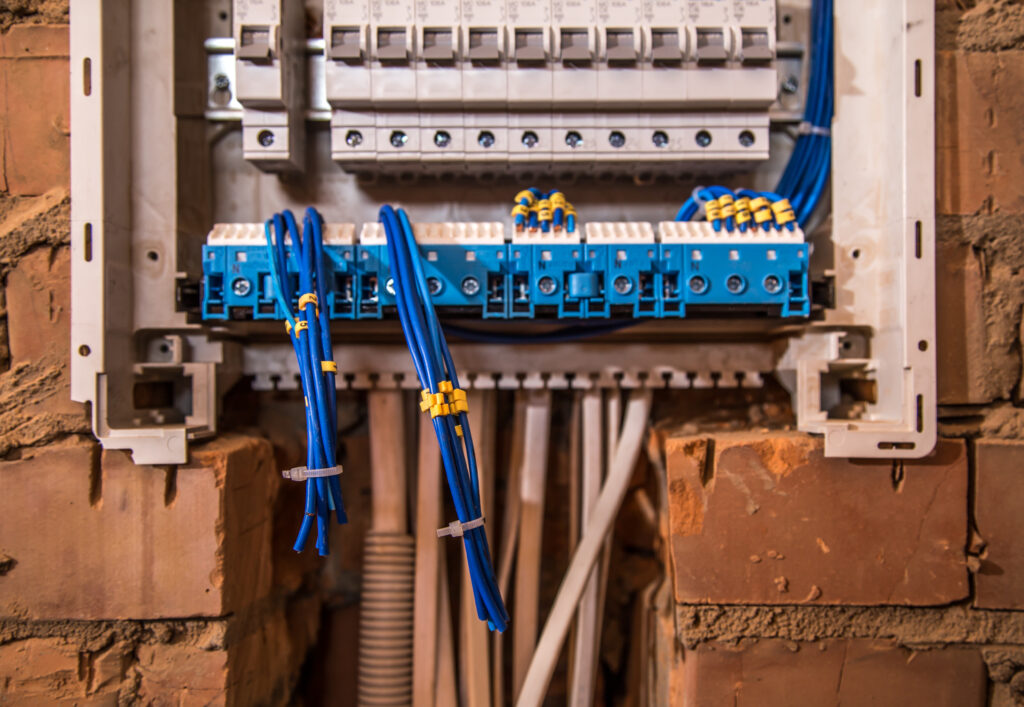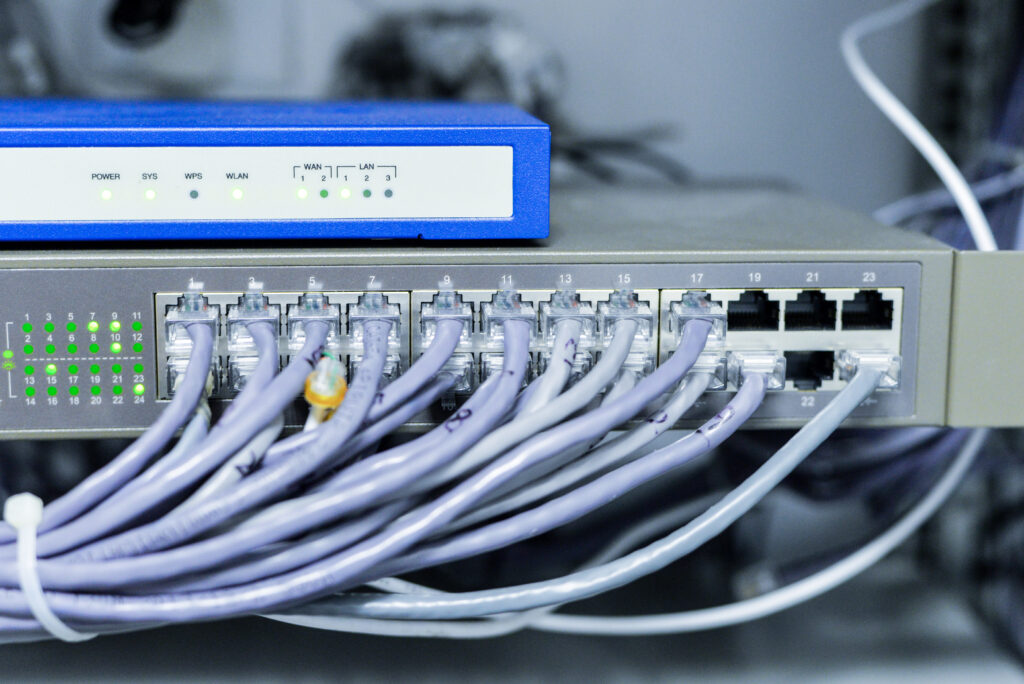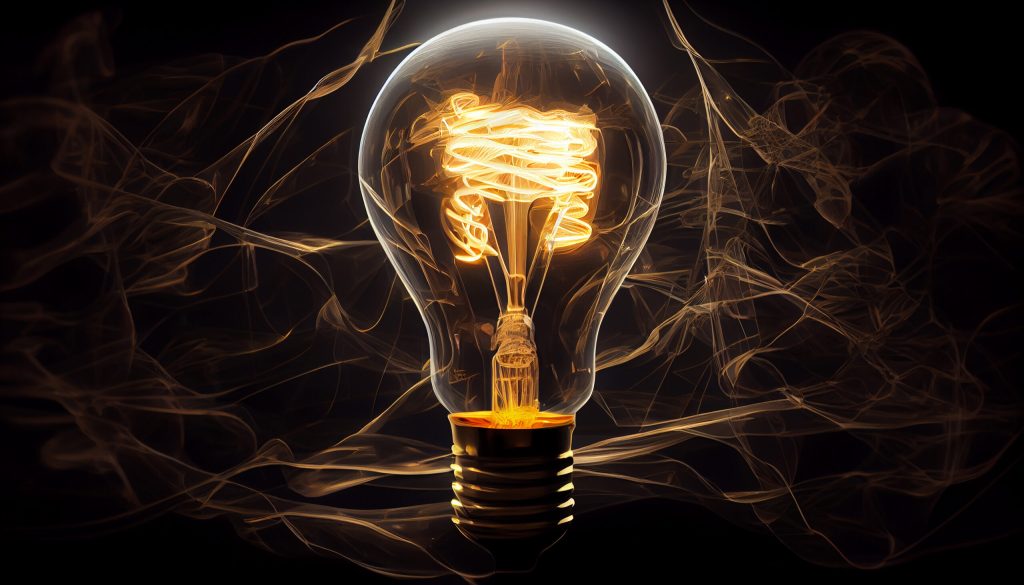The global energy landscape is currently experiencing a tremendous shift, thanks to technological advancements that promise to transform how we generate, distribute, and consume electricity. Many developing countries, especially in sub-Saharan Africa, are witnessing an energy crisis. The adoption of smart grid technology will be one of the key drivers for transforming this crisis and providing the energy needed to drive growth in the region. Living standards, the proliferation of manufacturing industries, the rise in the number of small and medium scale enterprises, and advancements in technology have increased the demand for energy. As a result of this, the consumption of electricity has risen to levels that may become difficult to manage if technological solutions like smart grids are not deployed.
What is a Smart Grid?
A smart grid is an intelligent and integrated system that uses advanced communication, control, and monitoring technologies to maximise the generation, distribution, and consumption of electricity. In other words, a smart grid is a transmission system for electricity that uses sophisticated technologies to track and regulate the transportation of electricity from generation stations in order to meet the ever-changing demands of consumers. Smart grids coordinate the requirements and capabilities of all generators, grid operations, electricity consumers, and stakeholders within the electricity industry to manage the system as efficiently as possible, reducing electricity costs and the impacts on the environment while optimising system dependability, resilience, adaptability, and stability.
Impact of Smart Grid Technology on Electricity Bills
Smart grid technology advancements have the potential to significantly impact the future of electricity bills, especially as many consumers in Nigeria are yet to be metered, resulting in estimated billings that are exorbitant. As smart grids are implemented and integrated into our electricity systems, they enable more precise surveillance and tracking of energy consumption. This allows utility companies and distribution companies to better understand and respond to fluctuations in energy demand, resulting in a more effective distribution and utilisation of electricity.
Components of a Smart Grid

- Smart Metres: These digital devices provide real-time energy consumption data and allow for a two-way communication between customers and the utility provider.
- Advanced Sensors: Installed throughout the grid infrastructure, these sensors collect data on voltage, current, and other critical parameters for better monitoring and control.
- Communication Networks: Strong communication networks allow for efficient exchange of data among smart grid components, leading to faster decision-making.
- Automated Switches: These gadgets improve the reliability of the grid by redirecting electricity currents during outages or power failures.
- Smart Appliances: These are electrical devices developed to perform a particular function for consumers; they include televisions, refrigerators, and other automated systems used in homes and offices. These smart appliances usually have a digital display and can be monitored or controlled.
- Distributed generation: electricity storage and generation mediums such as wind farms and solar generate and store energy that can be used at the consumer’s site.
- Electric vehicles: a car powered solely by an electric engine. Electric current is supplied by a rechargeable battery that can be recharged by simply connecting to the grid or through a petrol/diesel powered alternator.
Other components of smart grid technology include:
- Smart substations
- Computing and networking equipment
- Transmission control equipment
- Remote Control Unit (RCU).
The Evolution of Smart Grid Technology
The smart grid technology journey started with governments and individuals seeking a more durable and effective energy infrastructure. Over the years, it has advanced to greater heights in response to new challenges and technological advancements. The opportunities for smart grid technology are numerous; notable milestones achieved so far include:
Deployment: early smart grid deployments focused on integrating digital metres and basic communication capabilities to improve the accuracy of metre reading and remote disconnections and reconnections
Integration of renewable energy: As the world looked towards cleaner energy sources, smart grids evolved to accommodate intermittent renewables like solar and wind, using advanced forecasting and management systems. According to the IEA, investments in smart grids must be doubled by 2030 if we are to achieve net zero emissions by 2050, especially in emerging markets.
Better consumer engagement: smart grids enabled power utility service providers to engage consumers actively in the management of energy through demand response programmes, allowing them to adjust their electricity usage based on real-time pricing and grid conditions

- Improved grid reliability and resilience: Smart grids significantly increase the reliability and resilience of the electricity grid. The integration of automated switches and sensors enables rapid fault detection and response, reducing downtime and mitigating the impact of outages.
- Efficient energy distribution: Smart grids reduce transmission losses by optimising the flow of electricity, resulting in a more efficient distribution system. This in turn saves money and reduces the environmental impact caused by energy transmission.
- Integration with renewable energy sources: As more people embrace the use of renewable energy sources, this has affected the traditional grid system. Smart grid technology addresses these challenges to traditional grids by integrating seamlessly with renewable energy sources and providing the flexibility required to deal with the fluctuating nature of renewable energy generation, such as not having sunlight round the clock for solar-based generation. This integration helps to advance the global transition to a more sustainable and zero carbon energy mix.
- Providing consumers with real-time information: Smart metres help consumers take control of their energy consumption by providing them with real-time data on their usage. Being aware of their energy usage as consumers empowers them to make informed decisions about when and how to utilise electricity, ultimately saving money and enjoying a more sustainable lifestyle.
The Future of Electricity Bills

Pricing and Dynamic Billing
Smart grid makes it possible for utility companies to implement time-of-use (or pay-as-you-use) pricing models in which the cost of electricity varies according to the time of day (whether peak time or otherwise) and demand on the grid network. This dynamic pricing encourages consumers to shift their electricity usage to off-peak hours, lowering the overall demand during peak times and minimising the need for expensive infrastructure upgrades.
Customised Energy Management
As smart grid technology advances, so does the opportunity for personalised energy management solutions. Utility companies can adopt the use of Artificial Intelligence (AI) to analyse individual consumption patterns to make recommendations that are tailored to optimise energy usage, allowing consumers to further reduce their electricity bills.
Energy Sharing/Trading
Smart grid technology, due to its decentralised nature, enables consumers who own distributed energy resources, such as solar panels or home energy storage, to sell excess electricity directly to their neighbours, thereby resulting in a more versatile and targeted energy market.
Transportation powered by Electricity
As the global demand for electric vehicles continues to increase, the electrification of transportation brings new innovations into the energy landscape. Smart grids can manage the increasing demand for EV charging stations as well as ensure smooth integration without overwhelming the grid
Grid Modernisation
As smart grid technology continues to advance, utility companies are constantly upgrading their electric grid infrastructure to allow for easy integration of the smart grid technologies with other energy sources, ensuring operational efficiencies and minimising transmission and distribution losses. Also, looking for innovative ways to improve the grid by replacing outdated equipment with more energy-efficient, durable, and digitally connected devices.
Challenges Faced with Adopting Smart Grid Technology

Cybersecurity Threats
The interconnected nature of smart grids makes them vulnerable to cybersecurity threats. Safeguarding the grid from cyber-attacks is critical for making sure that the supply of electricity is stable and reliable. Continuous investments in strong cybersecurity measures and constant monitoring and evaluation are required to mitigate these risks.
Funding
The implementation of smart grid technology involves making significant investments in infrastructure, including the installation of smart metres, communication equipment, sensors, and advanced control systems. While the long-term benefits are substantial, many utility companies continue to face funding challenges and the complexities of upgrading existing infrastructure. However, they can carry out cost-benefit analysis, highlighting the potential gains of smart grid technology, which can help them secure funding from investors and donor agencies.
Regulation and Standardisation
The successful implementation of smart grid technology is dependent on transparent and supportive regulatory frameworks. Standardisation of technologies and communication protocols is required to ensure seamless integration between various components and systems. Governments must ensure that they eliminate bottlenecks and bureaucracies associated with regulating and standardising smart grid technology. Governments must establish and support regulatory agencies and collaborate with industry stakeholders to create an environment that encourages the adoption of smart grid technology.
Consumer Awareness and Education
One of the challenges faced in the widespread implementation and adoption of smart grid technologies is consumer awareness and education. Some customers may be sceptical about the privacy and safety of their data and other perceived risks. It is important to educate customers on the potentials of smart grid technology in order to dispel any fears or concerns they may have. Utility companies can organise periodic awareness campaigns where they will outline the benefits of smart grids and real-time monitoring of energy consumption for consumers.
Global Advancements in Smart Grid Technology
United States
The United States has been leading the charge in the adoption and implementation of smart grid technology, with substantial investments and programs aimed at upgrading the electricity grid. The Smart Grid Investment Grant (SGIG) is one of such initiatives aimed at promoting collaborations between utility companies and technology providers, as well as making the necessary funding required for the development of technology available to researchers. Smart grid has the potential to improve grid reliability and facilitate renewable energy integration.
European Union
The European Union has established ambitious goals for a sustainable and zero-carbon future. Smart grid technologies play an important role in achieving these goals by promoting energy efficiency, integrating green energy sources, and fostering energy market innovation. The European Commission presented an action plan at the end of 2022 titled Digitalization of the Energy System. The goal of the action plan is to invest about 584 billion euros in the electricity grid by the end of 2030. About 29% of this amount is for smart metres, digitised grid management, smart technologies for metering, and improving field operations. Initiatives such as Horizon 2020 and the European Smart Grids Observatory demonstrate the EU’s commitment to smart grid development.
Asia-Pacific
Countries in the Asia-Pacific region, especially China and Japan, are making significant investments in smart grid technologies to tackle the challenges in the energy sector and support economic growth. China’s state grid corporation, for instance, is implementing smart grid projects to improve grid efficiency and promote the use of renewable energy. Over a period of 4 years, from 2021-2025 China plans to invest 442 billion dollars to expand and modernise electricity grids. Japan, on the other hand, announced in 2022 an investment of 155 billion dollars in smart grid technology. India also invested 3.03 trillion Indian rupees (38 billion US dollars) to support electricity distribution companies and improve power infrastructure.
The advancement of smart grid technology represents an important turning point in the history of electricity generation and distribution. The integration of cutting-edge communication, control, and tracking capabilities not only improves the reliability and efficiency of the grid but also enables consumers to actively manage their energy consumption.
As smart grid continues to improve, the future appears promising for electricity billing, making it easier to pay utility bills. Transformative changes on the horizon include time-of-use pricing, personalised energy management, peer-to-peer energy trading, and transportation electrification.
In order for smart grid technology to realise its full potential, it is important we overcome the inherent challenges it faces, such as cybersecurity, infrastructure funding, regulatory framework, and standardisation. Global collaboration, support from governments, and industry partnerships will be critical in overcoming these obstacles and ensuring a smooth transition to a smarter, more sustainable energy future.
Finally, the convergence of technology, policy, and consumer engagement in the field of smart grids is changing the way we generate, distribute, and consume electricity. The journey to a more intelligent and responsive energy infrastructure has the potential to not only reduce electricity bills but also contribute to a more sustainable and resilient future for our planet.
Pay your electricity bills with Mintyn!








